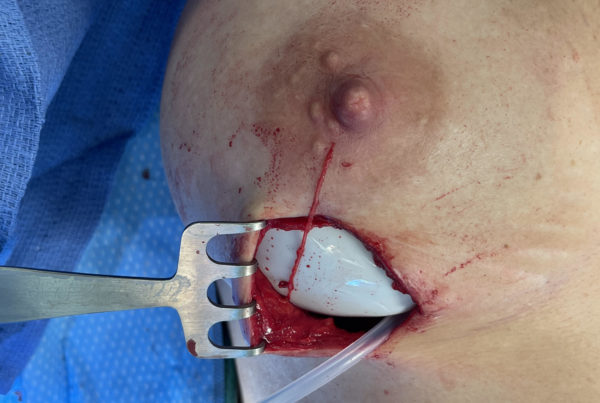I always knew it was just a matter of time and it finally happened. I was speaking with a patient of mine who was a bit more than one year out from her occipital neuralgia operation. She was doing extremely well with “over 90% relief” at the one-year mark, when she was diagnosed with COVID-19. Within a few days, many of her headache symptoms returned, accompanied by a focal swelling in the back of the head. The question in my mind immediately became, “What’s the connection here between ON and COVID?” What this question is really asking is how COVID affects the nervous system.
First, it is estimated that more than 80% of hospitalized patients will experience some type of neurologic symptoms. But thankfully, especially with the latest, Omicron variant, most people are not hospitalized. So what might be going on in those patients, specifically my patient noted above? One possible explanation is that COVID infection causes a severe, systemic inflammatory response. This will cause lymph nodes to enlarge to make antibodies used to fight the viral infection. Since lymph nodes are sometimes seen near nerves, if they are enlarged, they could put pressure on those nerves and cause pain. This enlargement might also explain why my patient noted swelling in the back of her head. In this case, anti-inflammatory medications might be of benefit.
Second, there is the possibility that the virus directly invades nerves and damages them from the inside. In fact, several post-mortem studies of patients who were infected with COVID demonstrated the presence of the virus in most brain specimens. However, we don’t know exactly how the virus affects the nerves themselves although it is reasonable to postulate that COVID-19 might cause the nerves to swell such that any space around the nerve is now too small and the nerves are essentially compressed again. As noted above, perhaps anti-inflammatory medications might be of benefit in these cases, but currently, studies are lacking in terms of defining how long this process might last and how much medication is required. One clue might be that persistent neurologic symptoms in COVID-19 patients who never required hospitalization were present in over 50% of patients 125 days following symptoms onset. In fact, chronic headaches and numbness/tingling (i.e., paresthesias) were present in 68% and 60% of patients, respectively long-term.
The take home message is that neurologic symptoms are common following and during COVID infections. Since I am an optimist, while there is still much that we don’t know about acute COVID-19 infections and even less about “long-COVID”, it is also likely that like many of the respiratory symptoms, the neurologic symptoms are likely to be transient. So be vigilant about your symptoms if you suspect COVID infection and get tested when you can. If you test positive, pay attention to any neurologic symptoms and see your doctor if you are concerned. I will update everyone on how my patient is doing as she is now taking some steroid medication and will hopefully back to her improved state within a few weeks. Stay safe everyone!





